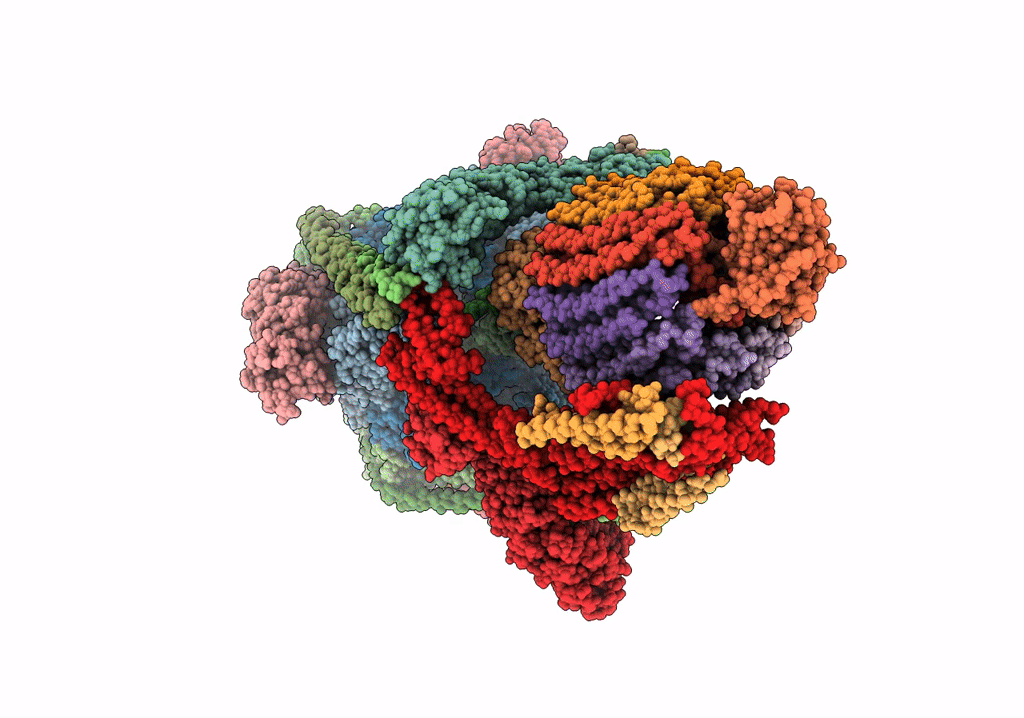
Deposition Date
2022-03-09
Release Date
2022-07-06
Last Version Date
2024-02-14
Entry Detail
PDB ID:
7U8Q
Keywords:
Title:
Structure of porcine kidney V-ATPase with SidK, Rotary State 2
Biological Source:
Source Organism:
Legionella pneumophila (Taxon ID: 446)
Sus scrofa (Taxon ID: 9823)
Sus scrofa (Taxon ID: 9823)
Host Organism:
Method Details:
Experimental Method:
Resolution:
4.10 Å
Aggregation State:
PARTICLE
Reconstruction Method:
SINGLE PARTICLE


